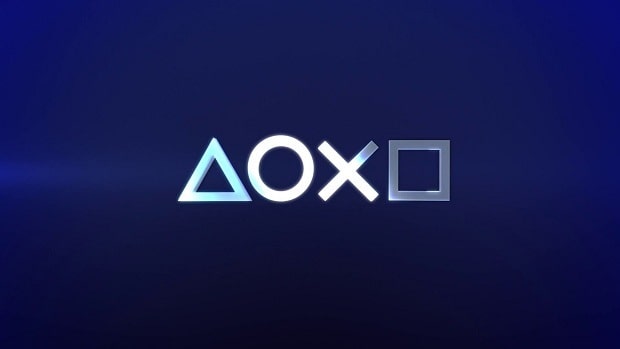Sony Interactive Entertainment has solved the ongoing semiconductor shortage to ensure better production volumes of PlayStation 5. That however will still not guarantee an improved supply stream to match the significantly high demand when going into the 2021 holiday season.
“Going forward, Sony will be selling every single PS5 it puts into markets in a matter of seconds. Therefore, a challenge is not generating demand, but supply,” said industry analyst Serkan Toto to Bloomberg on the earnings shared by Sony earlier today for the first quarter of its 2021 financial year.
There were concerns that the global semiconductor shortage would impact the number of PS5 consoles Sony is able to produce. Sony has however already secured enough chipsets (via Twinfinite) to achieve its fiscal target of putting out 14.8 million units to finish with a record-setting 22.6 million units shipped by March 31, 2022, according to chief financial officer Hiroki Totoki.
Finding an available PS5 console either at a retailer or online remains to be a challenge. COVID-19 threw a wrench into manufacturing and production last year but scalpers entering the fray made it even worse for buyers looking for a next-generation console.
It was nearly impossible to find a PS5 during the 2020 holiday season, but Sony was hoping to see the supply shortages improve in time for the 2021 holiday season. While buyers will be glad to know that Sony has not been forced to reduce volumes owing to the semiconductor shortage, they will still have to gamble on whether they find an available unit or not.
Elsewhere, PlayStation 5 has now officially become profitable, meaning that the PS4 successor has broken even within eight months of launch—a feat in itself. As for the PS5 digital edition, it is “on track to have its loss offset by other hardware sales including peripherals and the PS4” in the coming quarter.
More than 10 million PlayStation 5 consoles have been sold worldwide, leading it to become the fastest-selling PlayStation console in history.
